If you’re reading this, then you’re probably at least a little a bit interested in training, so you’ve probably at least heard of functional training. It’s everywhere. Every gym has a functional zone. Apparently every personal trainer is a functional training expert. You can buy books and DVDs about it. But do you know just what functional training really is? Does your personal trainer even know? Many personal trainers simply choose an exercise that looks cool (probably from the latest little workshop they've been on), gets lots of muscles and joints working, and uses the latest bit of kit they’ve bought. I know, I’ve been there and done it in the past. But is it really functional?
Let’s take a closer look. The Oxford dictionary defines functional as ‘having a special activity, purpose, or task’. So a functional exercise, and functional training, should have a special purpose, or fulfill a special task. But what could that purpose or task be? Wikipedia gets it pretty spot on by stating that functional training ‘involves training the body for the activities performed in daily life’. For most of us this would be things we do in work or around the house, for athletes it would be movements and activities involved in their sport.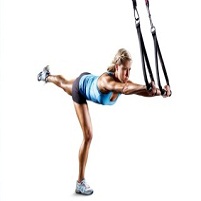
This exercise looks cool, uses lots of muscles and joints, and uses a funky bit of kit, but what purpose, task, or activity of daily life does it relate to? Let me know if you can think of one. It’s a good exercise, but if it’s not functional, what is it? We could call it whole body training, integrated training, multi-joint training, three dimensional training, anything you like, but it ain’t necessarily functional training. So what is functional training? Simply, it has to relate to a specific purpose, activity, or function, usually something which occurs in your everyday life, but it can be anything. This is why it's SOOOO important to have clear goals, to focus your mind not only on what exercises you do, but what your training involves in general. But thats a whole other story.
So let’s look at an example that we might be familiar with. Let’s look at something we all do every day, picking stuff up off the floor. There's one exercise that's perfect for getting stronger and safer while doing this movement, but many people think it’s an exercise just for bodybuilders, or that it’s plain dangerous. Wrong, wrong, WRONG. The deadlift is an exercise which we all should be doing, in some form or another, because done properly, it makes us stronger at something we do every day, and done properly, it is safe.
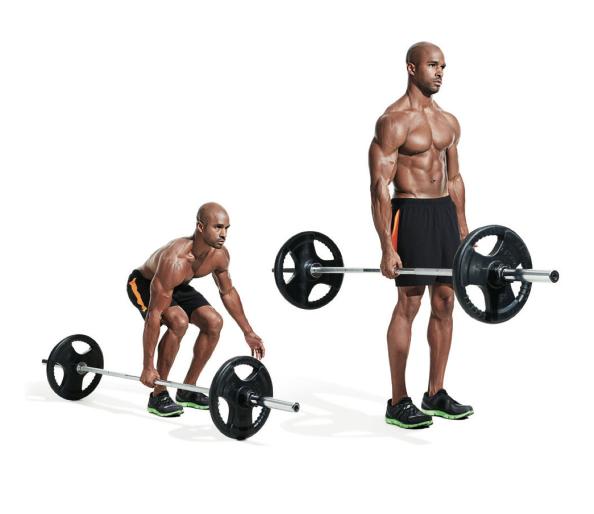
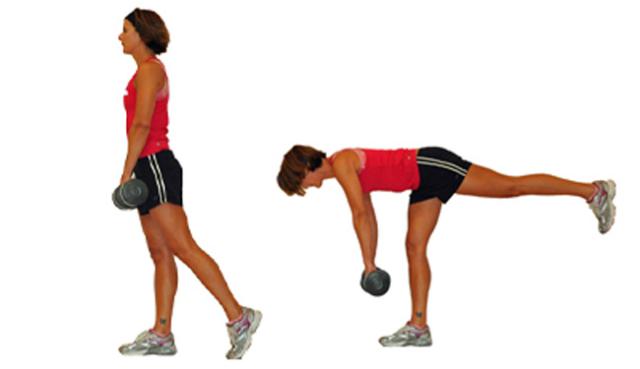
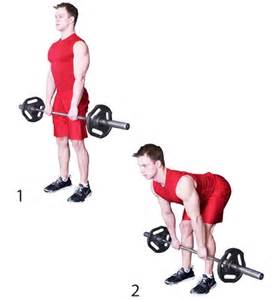
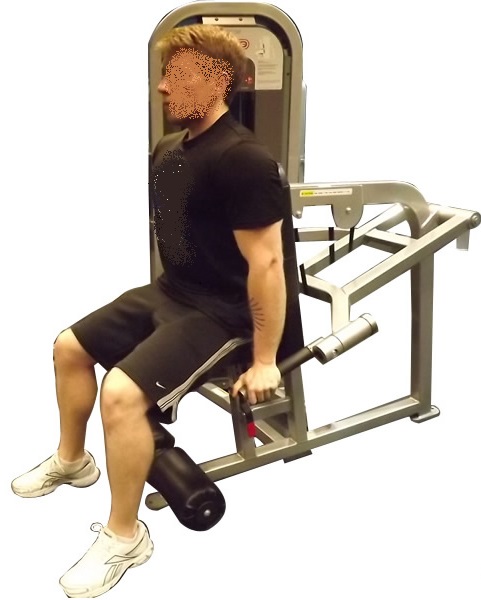 What about other types of more traditional training, such as isolation exercises or machine based training? A seated bicep curl with a dumbbell is traditionally thought to be an isolation exercise, as you're pretty much working one muscle in isolation. But could it secretly be a functional exercise? It could be if you’re recovering from a bicep muscle tear. What about the seated dipping exercise machine on the left? Isolation again? Pretty much. Functional? Well, it’s probably pretty functional for this guy....
What about other types of more traditional training, such as isolation exercises or machine based training? A seated bicep curl with a dumbbell is traditionally thought to be an isolation exercise, as you're pretty much working one muscle in isolation. But could it secretly be a functional exercise? It could be if you’re recovering from a bicep muscle tear. What about the seated dipping exercise machine on the left? Isolation again? Pretty much. Functional? Well, it’s probably pretty functional for this guy.... 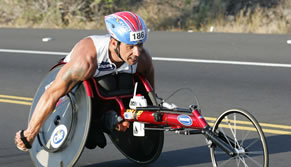
Let’s look more closely at functional training for sport. Many coaches, trainers and athletes think that a functional exercise for sport should be sport specific, but if that’s the case then why not just do more of that sport? There’s nothing more sport specific than sport. But remember, functional means relating to, not just copying, a specific purpose, task or activity. So a functional exercise would be one that improves a specific task or activity involved in that sport. For example, many knee ligament injuries occur while landing from a jump, so if an athlete is weak at this particular activity, then just doing more jumps and landings might actually increase the likelihood of a knee ligament injury. Instead, progressing through a program of squats, lunges in different directions, and balance exercises would be a functional training protocol which would relate and transfer to the specific activity of jumping and landing. So, functional training for sport doesn’t have to be sport specific, just sport transferable, focusing on and improving specific activities and tasks within that sport.
So the next time your personal trainer or your buddies in the gym say they’re going to do something functional and they try doing one leg squats on top of a foam roller while juggling dumbells, you know the truth, and you can ask ‘just what function does that relate to, and is it going to help me?’.
Thanks for reading, and if this blog has helped make understanding functional training a little bit easier, then it’s been a functional blog! Come back soon for more straight forward info on whatever pops into my head. If you have any suggestions please let me know, I love a challenge!